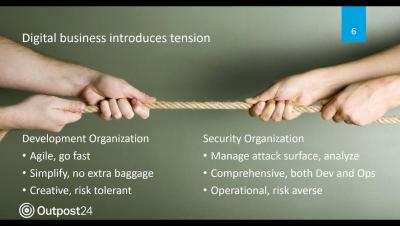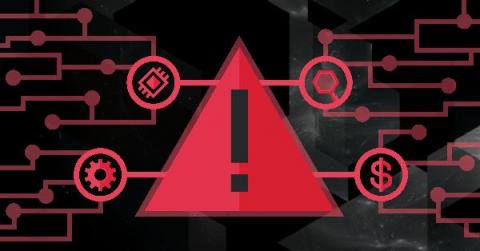Detection and response for the actively exploited ProxyShell vulnerabilities
On August 21, 2021, the Cybersecurity and Infrastructure Security Agency (CISA) released an urgent notice related to the exploitation of ProxyShell vulnerabilities ( CVE-2021-31207 , CVE-2021-34473 , CVE-2021-34523 ). By chaining these vulnerabilities together, threat actors are compromising unpatched Microsoft Exchange servers and gaining footholds into enterprise networks.















